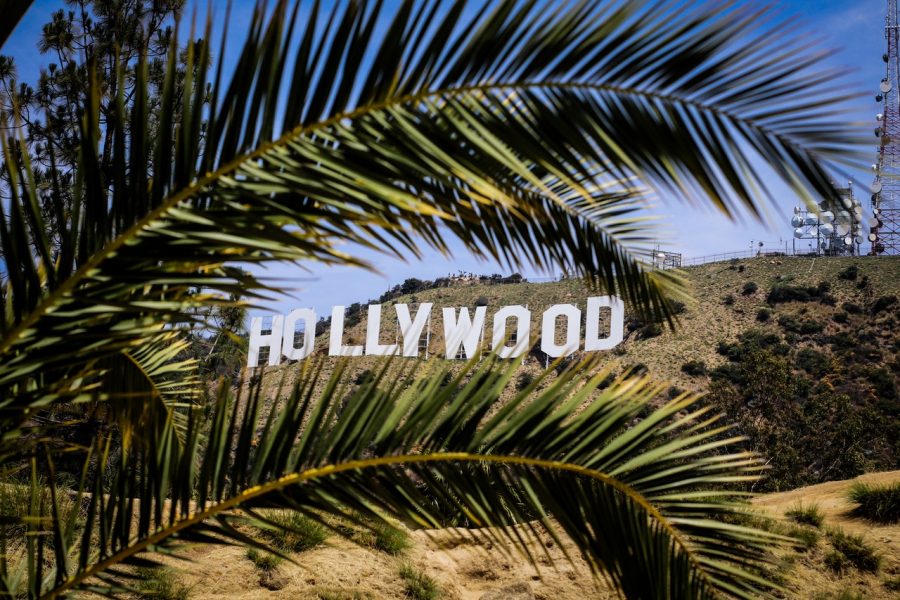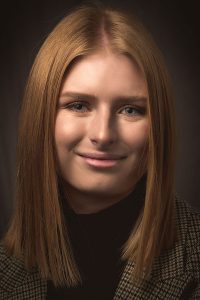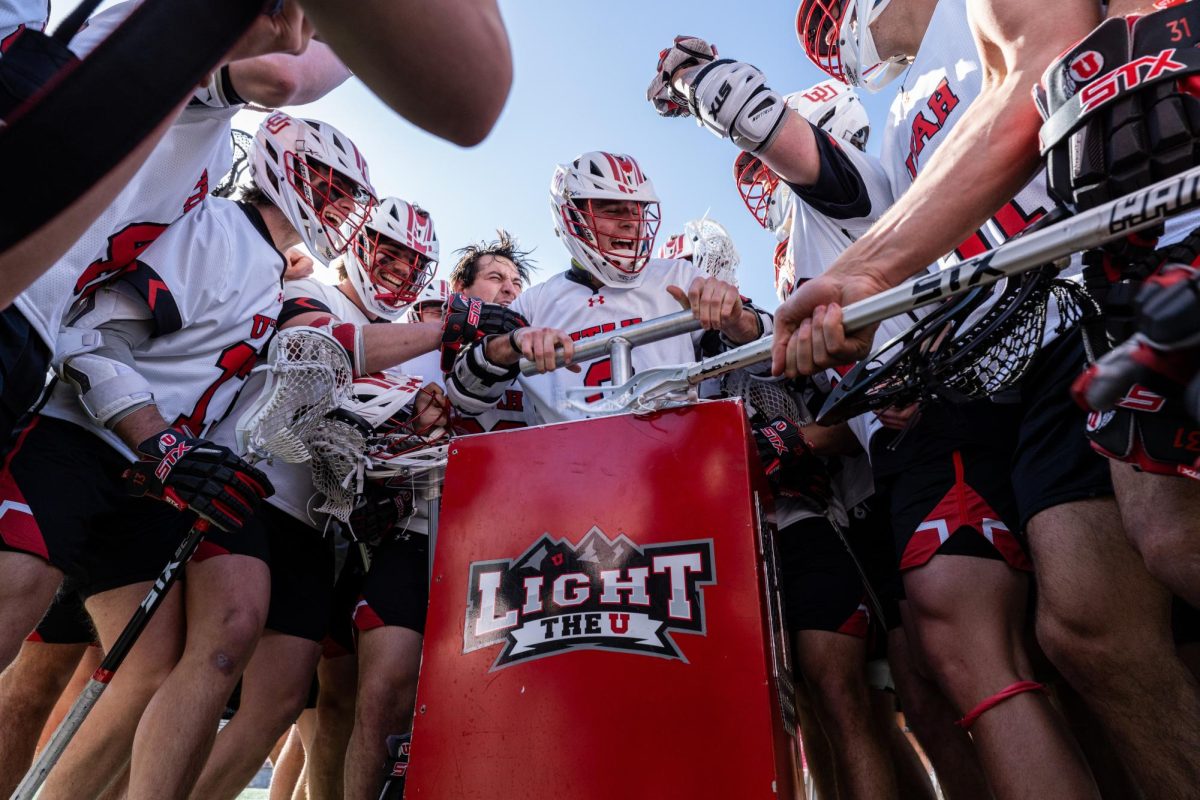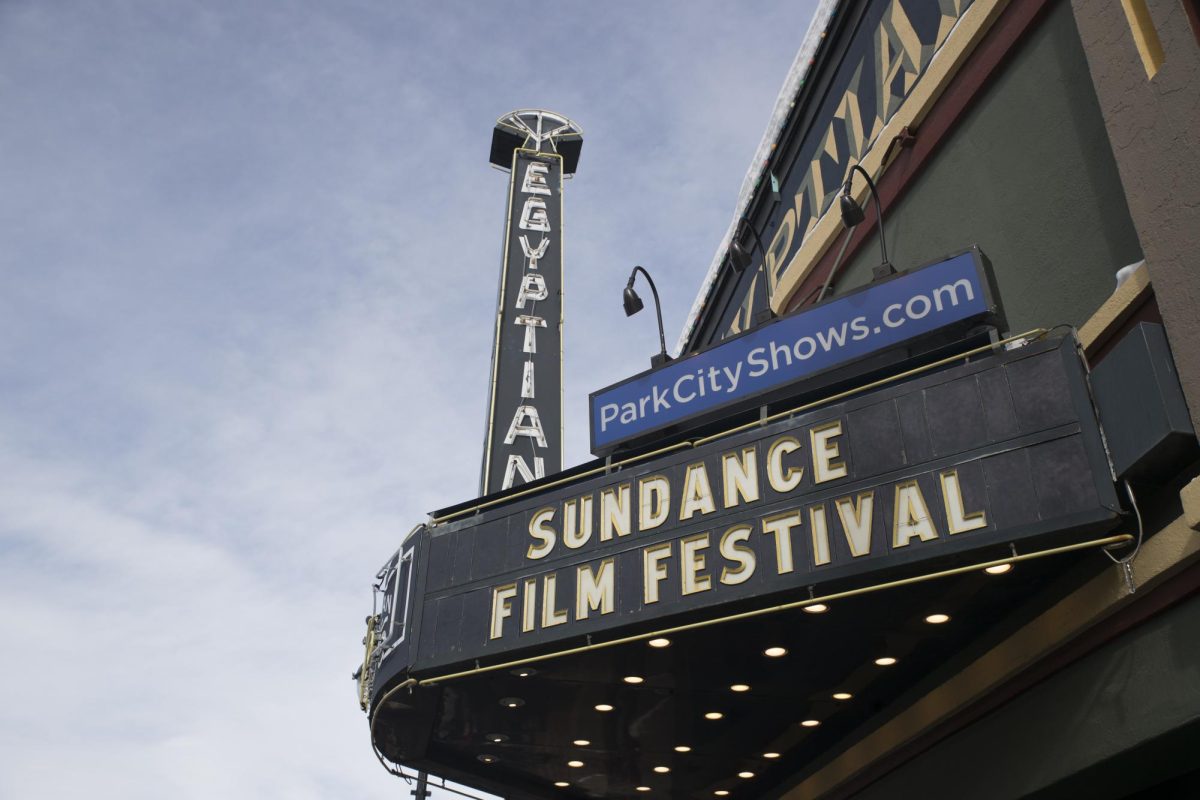The music of Laurel Canyon: Then and now
May 2, 2020
In the late 1960s and early ’70s, a collection of musicians from around the U.S. flocked to the woodsy Laurel Canyon — a neighborhood that has become one of rock ‘n’ roll’s most mythologized and romanticized locations. High above the city of Los Angeles, tucked behind Sunset Boulevard in the Hollywood Hills, Laurel Canyon became home to Joni Mitchell; Neil Young; Crosby, Stills and Nash; The Beach Boys; the Mamas and the Papas; the Byrds and many more artists. It’s where Jim Morrison wrote “Love Street,” where Mitchell recorded “Ladies of the Canyon” and served as inspiration for the Mamas and Papas “Twelve Thirty (Young Girls Are Coming to the Canyon).”
The music produced there has often been labeled as folk or soft rock for its mellow sound, but the canyon was a melting pot, cross-breeding the genres of folk, psychedelia, pop, blues, country and rock. Laurel Canyon bloomed with melodic, atmospheric and politicized songs that defined the moment, made by artists who defined a generation. The music was constantly flowing, artists were always playing and rehearsing together in each other’s cottage-esque homes. “In the upper hills the Buffalo Springfield were playing, and in the afternoon there was just a cacophony of young bands rehearsing,” Mitchell told Vanity Fair. Laurel Canyon was an idyll for musicians, a place secluded from the bright lights of Los Angeles, where they could breathe the same air and create freely, together.
As the saying goes, all good things must come to an end, and this unfortunately applied here. The canyon quieted down by the ’80s, with artists looking to be more individualized with their art, seeking solitude in Malibu and Topanga Canyon. But for a brief decade, this so-called “hippie” era produced a golden age for popular music. Dozens of hits were recorded and millions of records sold, all while creating a facet of popular culture to be admired for generations to come. Now, decades later, the influence of these artists of the canyon is still being heard today in artists like Harry Styles, Lana Del Rey, Mumford and Sons, Haim and more.
On his latest album, “Fine Line,” Styles experimented in the realm of folk, rock, pop and psychedelia, inspired by his Southern California surroundings and Mitchell’s 1971 album “Blue.” One song in particular, “Canyon Moon,” is one that would’ve seamlessly fit in the ’70s — it has the hippie Laurel Canyon vibes with Styles calling it “Crosby, Stills and Nash on steroids.” To create the song’s distinct sound, Styles tracked down Joellen Lapidus, the woman who built Mitchell’s dulcimer, and took lessons on the instrument from Lapidus herself.
Del Rey’s new album, “Norman F—ing Rockwell,” is also an ode to west coast life and culture, with references to iconic Los Angeles places and people — including Mitchell and Laurel Canyon. On the title track, Del Rey sings, “Self-loathing poet/ resident Laurel Canyon know-it-all,” citing the canyon as the residence for an immature man-child. Referencing it again on “Bartender,” singing, “All the ladies of the canyon/ Wearing black to the house parties/ Crosby, Stills and Nash is playing/ Wine is flowing with Bacardi.” In a 2017 Dazed interview, Del Rey said she “fantasized about Laurel Canyon” when she was living in New York, wishing she’d gone to Los Angeles to start her career instead. As for Haim, their sound has been a blend of ’70s Laurel Canyon folk pop meets contemporary rhythm and blues — the band was obsessed with the mystique of Los Angeles rock folklore and books about Mitchell and Crosby, Stills and Nash while growing up.
The heyday of the Laurel Canyon music scene may be over, but that’s the point. Lisa Robinson wrote in Vanity Fair, “Scenes aren’t meant to last. They sparkle with activity, flourish, then burn out.” It’s never forgotten though — the musical style and sound lives on, continuing to inspire and influence the artists of today.












